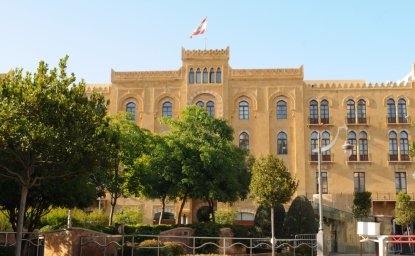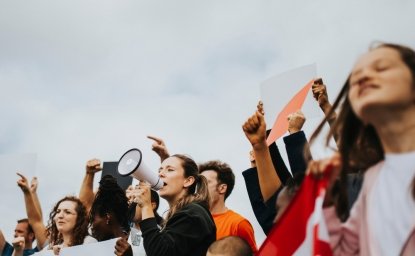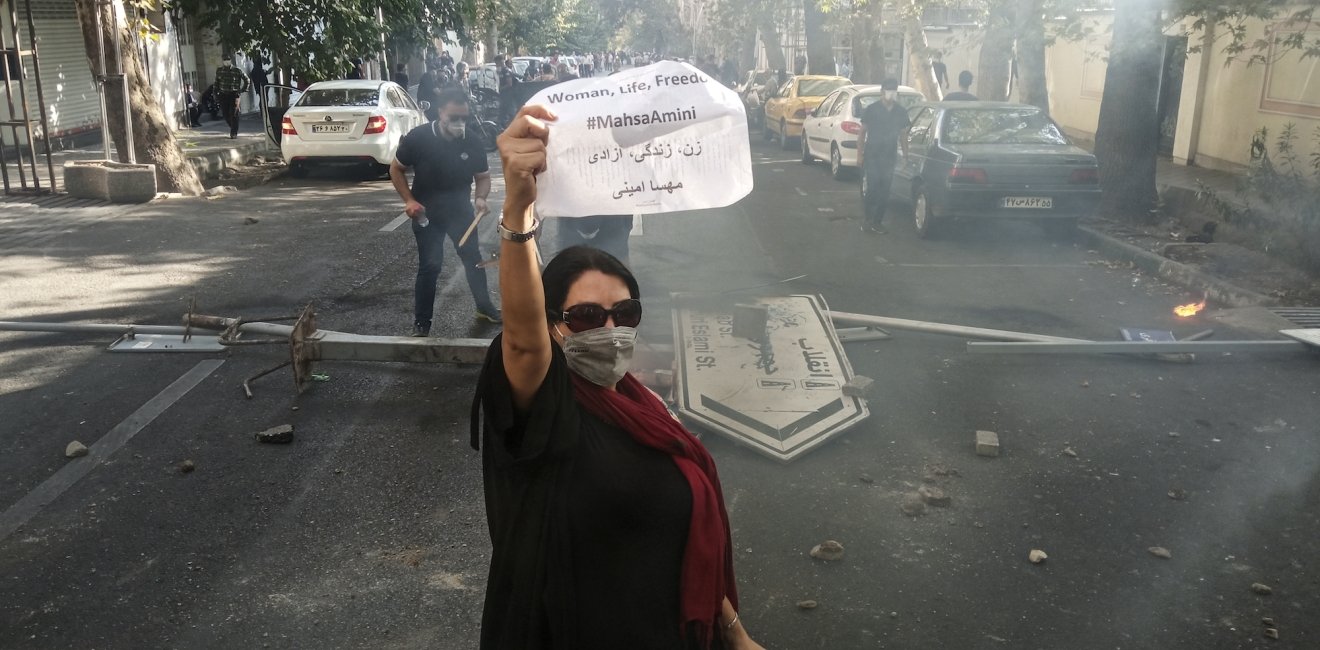
A blog of the Middle East Women's Initiative
Under the Islamic Republic, physical violence against women starts in the home and extends into the society.
The killing of Mahsa Amini while in the hands of Iran’s Morality Police six weeks ago was yet again an example of violence against women perpetrated by the Islamic Republic—and the violence has been not only physical, but social, legal, and economic as well. The constitution of the Islamic Republic guarantees equality of all its citizens under the law; but, in practice, the state continues to discriminate against women. Four articles of the constitution address issues related to women, but all within the framework of Islamic law provide ample room for discrimination. Neither the constitution nor the civil status law protects women’s rights.
Under the Islamic Republic, physical violence against women starts in the home and extends into the society. While today Iran is a male-dominated country, before the 1979 Revolution, the state did not impose a uniform dress code on women; women were free to choose to veil or not to veil. Within weeks of the revolution, however, the Islamic hijab become mandatory. Men welcomed it; it gave them the means to control their women folk. But most women, especially women of the younger generation, rejected this attempt by the state to dictate how they dressed. When they came out to protest on the streets of Tehran, they were attacked by vigilantes, and the police did nothing to stop the attackers.
Since then, women have ignored the dress code in small and increasingly bolder ways, and they have paid for it. Under the law of retribution, adultery is punishable by stoning and violating the hijab is punishable by seventy lashes. Many young and middle-aged women received this punishment—a striking example of the state practicing corporal violence against women.
The Islamic Republic imposed other legal manacles on women. The pre-revolution and hard-won personal status law was suspended. This meant a man could once again unilaterally divorce his wife and notify her by mail. Child custody was only granted to the mothers under strict conditions until the child reached a certain age. The age of marriage for girls was reduced to nine (the supposed age of puberty) for girls. Family courts, where women could seek recourse on a range of issues including domestic violence, which was on the rise, were suspended. Polygamy was once again permissible, allowing men to take a second, third, or fourth wife without the permission of his existing spouse(s). During the Iran-Iraq War, the late president Ali Akbar Rafsanjani urged women to patriotically let their husbands to marry war widowers.
In fact, during the eight-year Iran-Iraq War, many families lost their male bread winner; the number of families run by women grew, and women were forced to join the labor force to feed their families, while at the same time look after their children. Yet they faced employers who preferred to hire men; even professional middle class women were forced to settle for menial jobs for which they were overqualified. This has remained the pattern in the Islamic Republic. Employers feel more comfortable with male employees. Many working women in Iran with whom I’ve talked over the years spoke of the discrimination and male resentment they faced at their places of work. One friend told me: “Violence does not necessarily mean being beaten up by your husband; it is also your employer, not even looking into your eyes, informing you he preferred to give a promotion you deserved to your male colleague because, after all, he is the bread winner in the family.” This is an attitude encouraged by the state.
A striking feature of the current widespread and continuing protests in Iran, which are pushing the country to the brink of revolution, is they were triggered by violence against a woman. It was women who came out into the streets with the slogan, “Women, Life, Freedom.” One can add that, bizarrely, when it comes to the use of brutality to crush these protests, the regime is treating men and women equally. Women, like their male counterparts, have paid dearly for demanding an end to violence, for the rule of law rather than of religion, for equality under the law, and for economic opportunity for all, not just the men in power. So far, at least 27 women have been killed, and a large number of women have been arrested. According to CNN, women and young girls, as well as men, are being physically abused and raped — another horror account of what they face in prison simply for protesting peacefully on city streets.
Author


Middle East Program
The Wilson Center’s Middle East Program serves as a crucial resource for the policymaking community and beyond, providing analyses and research that helps inform US foreign policymaking, stimulates public debate, and expands knowledge about issues in the wider Middle East and North Africa (MENA) region. Read more


Middle East Women's Initiative
The Middle East Women's Initiative (MEWI) promotes the empowerment of women in the region through an open and inclusive dialogue with women leaders from the Middle East and continuous research. Read more

Explore More in Enheduanna
Browse Enheduanna
Women are the Catalysts for Change in Lebanon

How Education Can Empower Young Women in MENA


